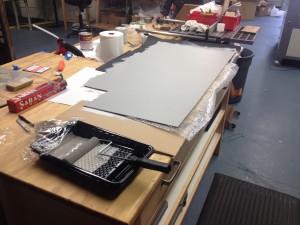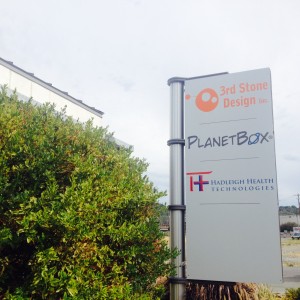Lately, I’ve been up to my knees in the Hadleigh Health Technologies website (I think the saying may actually be “up to my eyeballs,” but it’s not quite that dramatic). I’ve been creating pages for both the Pumani bCPAP and for the DoseRight syringe clips. It’s been a good chance for me to learn more about the products, and it’s also been a good exercise in organizing my thoughts. I’m normally the kind of person who likes to immediately jump into a task, but it’s been important in this project to pause at the beginning and think about what I’m trying to convey and the best way to lay it out to get the point across. I’ve decided to sketch out a general layout of each page before I begin to make it. This way, I don’t get too caught up in the details as I work, and I can fix the little things later.
I’ve for the most part finished with the product pages for the website. That is, I’ve written and posted pictures about the Pumani and the DoseRight clips. Now I’m beginning to write about the work that the company does in a more abstract sense—the why and the how. Sometimes I forget that not everyone is a global health minor. I forget that not everyone is regularly thinking about the improvement of healthcare in low-resource settings (crazy, right?). That’s why these other parts of the website are so important. We must convey to others why the work we do matters and the needs we are trying to fill. Inherently, I understand why the work matters, but much of that is because I’ve taken classes and had many conversations about it. So now I’m trying to figure out how to best convey that to others through the website. I’ve also been working on the how—the approach that Hadleigh Health (and Rice, for that matter) takes to come up with the products. This has taken a bit more research, and I’m doing my best to read up on design thinking. So far, I’m finding that one of the most important aspects of design work is iteration. You find a problem, you come up with a solution, and then you must make that solution better. I’ve seen that in all the design I’ve experienced thus far, both at school and at 3rd Stone. The Pumani is still going through iterations and undergoing improvements.
Since the HHT website has been such a big assignment lately, I’ve been working a lot more independently. Of course, both Robert and Jocelyn have been helping me a lot with the site, but I get to decide what I must accomplish each day or arrange meetings for reviews and critique. I really appreciate the independence Robert has given me on this project, and I really enjoy the project itself—though it is far from what I thought I would be doing this summer. The website has involved a lot of research and writing, and while I don’t mind either of those tasks, they are incredibly different than the problem sets I’m used to in school. I’m finding that there is so much more to engineering and design companies than I thought, and the work really involves everything from art to marketing to research and beyond. I like the breadth.
Not all of my work has been on the computer. I’ve been painting and recently helped at a photoshoot for PlanetBox. I really love hands-on work, and I hope to someday have a job that allows me to work on such an array of things beyond the computer. These are the things that make me so thankful for this position.
Also, good news! For all of you who have been waiting on pins and needles to see the website I created for the DoseRight syringe clips, the time is finally here! If you’d like to see the updated site, visit doseright.com.

